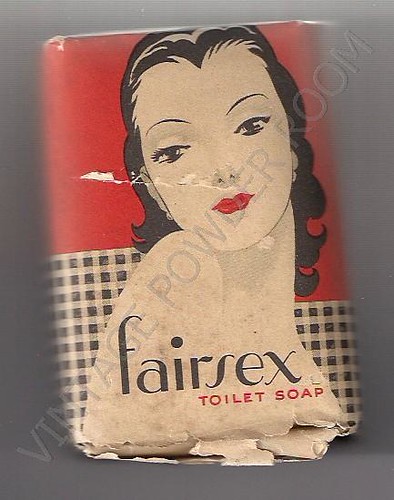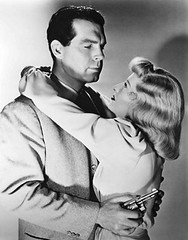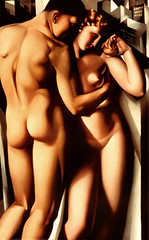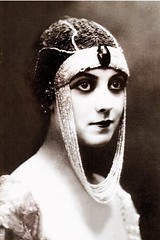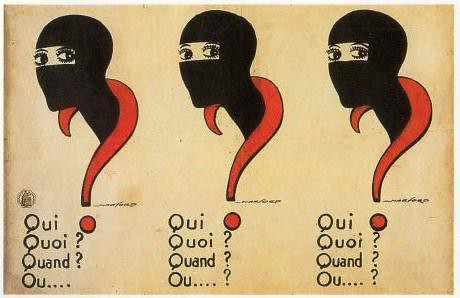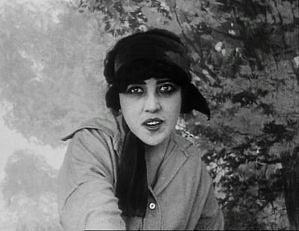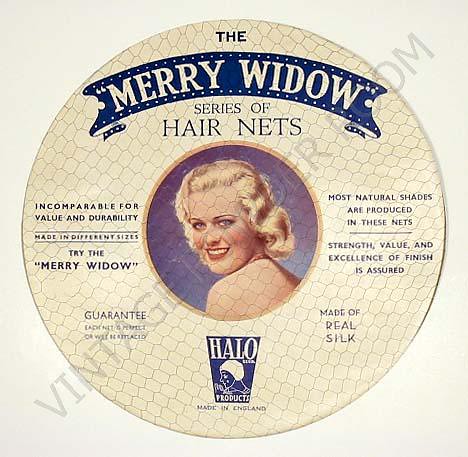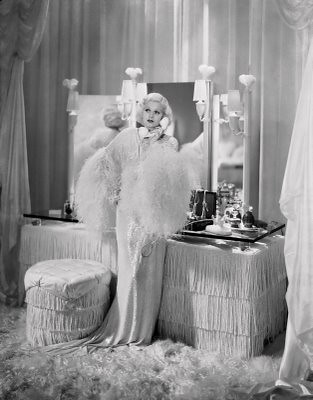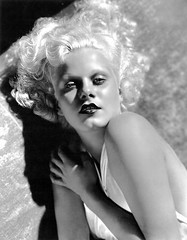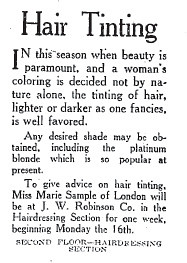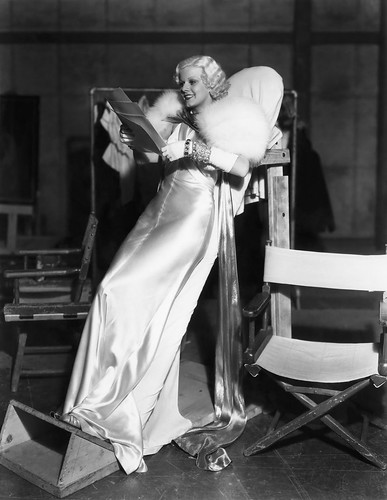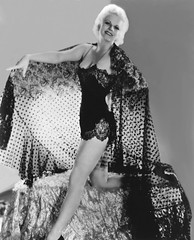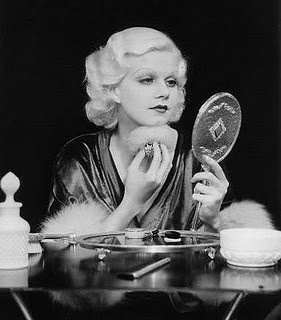Sun 20 Mar, 2011
FAIR SEX
Comments (0) Filed under: SoapTags: 1910s, Bonnot Gang, Colette, flapper, Jean Roques, Judex, Les Vampires, Little Caesar, Louis Feuillade, Luis Bunnuel, Musidora, Salavador Dali, Shakespeare, The Public Enemy, The Shadow, Theda Bara, Toulouse-Lautrec, Un Chien Andalou
What exactly is meant by the Fair(er) Sex? Are women less inclined to self-interest or deception than men? Hardly likely. The consensus appears to be that fair(er) sex simply means attractively feminine.
SONNET 147
My love is as a fever longing still,
For that which longer nurseth the disease;
Feeding on that which doth preserve the ill,
The uncertain sickly appetite to please.
My reason, the physician to my love,
Angry that his prescriptions are not kept,
Hath left me, and I desperate now approve
Desire is death, which physic did except.
Past cure I am, now Reason is past care,
And frantic-mad with evermore unrest;
My thoughts and my discourse as madmen’s are,
At random from the truth vainly expressed;
For I have sworn thee fair, and thought thee bright,
Who art as black as hell, as dark as night.
Shakespeare’s Sonnet 147 describes a woman who was thought to be fair but turned out to be ‘black as hell, dark as night’. I’m no Shakespearean scholar – my take on the sonnet is that it is the angry and rather sad rant of a man disillusioned by a woman – his love neither reciprocated nor cherished by the object of his affection/obsession.
In other words, the guy in the sonnet is just like one of the poor saps in classic noir film – caught in the web of a woman who can manipulate him and cast him aside without a backward glance. The noir dame is a riff on a well established archetype, that of the femme fatale (French for ‘deadly woman’). And don’t kid yourself that a deadly woman is just a gal who can wield a .38 with mortal accuracy – no way – a femme fatale speaks to the primal fear than many men have of female sexuality. Just think Eve and the apple.
20th Century femme fatales were prevalent characters in early Hollywood films and heralded the ‘modern’ woman of the post World War I era, at first typified by the kohl-eyed Theda Bara types, then later by the bobbed haired flappers of the 1920s. These ‘sexual vampires’, or vamps, would seduce a man taking from him his virility and independence and leaving him a shadow of himself.
Among the early screen sex vampires was the French actress Musidora (born Jeanne Roques on February 23, 1889). She was raised by a feminist mother and socialist father, both of whom encouraged her artistic abilities. Her first novel was published when she was just 15 years old.
Musidora (the name she gave herself, which is Greek for ‘gift of the muses’) began her acting career at age 15, working with the novelist Colette who would become one of her lifelong friends. During the very early years of French cinema Musidora began a professional collaboration with the highly successful French film director Louis Feuillade.
Musidora became famous for her vamp roles in such film serials as LES VAMPIRES and JUDEX, in which she developed a persona comparable to that of Theda Bara (whose name was an anagram for Arab Death). In addition to acting she directed and wrote many of her films.
In November 1915, the walls of Paris were plastered with street posters that depicted three masked faces with a question mark as a noose, and the questions “who, what, when, where?”. The morning newspapers printed the following poem:
| “ | Of the moonless nights they are kings, darkness is their kingdom. Carrying death and sowing terror the dark Vampires fly, with great suede wings, ready not only to do evil… but to do even worse. |
” |
The posters were advertising for LES VAMPIRES, a ten part silent serial, very surreal, in which Musidora played the role of a cabaret singer, Irma Vep (an anagram for Vampire). The film wasn’t actually about Dracula style vampires but rather about a criminal gang-cum-secret society inspired by the exploits of the real-life Bonnot Gang. Vep, besides playing a leading role in the Vampires’ crimes, also spends two episodes under the hypnotic control of Moreno, a rival criminal who makes her his lover and induces her to assassinate the Grand Vampire.
The Bonnot Gang (La Bande à Bonnot) was a French criminal anarchist group that operated in France and Belgium during the Belle Époque, from 1911 to 1912. The gang utilized cutting-edge technology (including automobiles and repeating rifles) not yet available to the French police.
Originally referred to by the press as simply “The Auto Bandits”, the gang was dubbed “The Bonnot Gang” after Jules Bonnot gave an interview at the office of LE PETIT PARISIEN, a popular daily paper. Bonnot’s perceived prominence within the group (he was never actually its leader) was later reinforced by his high-profile death during a shootout with French police in Nogent.
LES VAMPIRES was extremely successful, and Musidora went on to star in another popular silent serial JUDEX. The director of JUDEX, Louis Feuillade, had made two earlier serials, FANTOMAS and LES VAMPIRES, about cunning criminals. Though popular with audiences, the serials drew criticism for glorifying outlaws. Similar objections would be raised in the U.S. in the 1930s by the depiction of gangsters in films such as THE PUBLIC ENEMY, and LITTLE CAESAR.
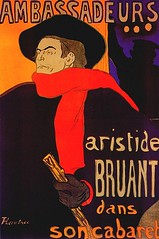 Feuillade addressed these concerns by creating the hero Judex. Judex was a mysterious avenger who dressed in black and wore a slouch hat and cloak like Aristide Bruant (a French cabaret singer, comedian, and nightclub owner depicted in posters by Toulouse-Lautrec). This costume is strikingly similar to the costume of the later American pulp hero The Shadow.
Feuillade addressed these concerns by creating the hero Judex. Judex was a mysterious avenger who dressed in black and wore a slouch hat and cloak like Aristide Bruant (a French cabaret singer, comedian, and nightclub owner depicted in posters by Toulouse-Lautrec). This costume is strikingly similar to the costume of the later American pulp hero The Shadow.
Judex anticipated later pulp heroes and superheroes in many respects. He was a masterful fighter, an expert at disguise, and boasted a secret headquarters in the subterranean passages beneath a ruined castle. In true superhero fashion, Judex’s base of operations was outfitted with technological gadgets. He also had a secret identity Judex (the Latin word for judge) is a nom-de-guerre he had adopted in his quest for revenge.
Musidora starred as Diana Monti in JUDEX opposite Rene Creste. JUDEX was filmed in 1916 but delayed for release until 1917 because of the outbreak of World War I. Feuillade didn’t consciously attempt to create avant-garde films; however, LES VAMPIRES and JUDEX have been lauded by critics as the birth of avant-garde cinema and cited by such renowned filmmakers as Fritz Lang and Luis Bunuel as being extremely influential in their desire to become directors.
For an example of Luis Bunuel’s early surrealist work, probably inspired in part by LES VAMPIRES and JUDEX, you should check out his 1929 short film, in collaboration with the artist Salvador Dali, UN CHIEN ANDALOU (An Andalusian dog).
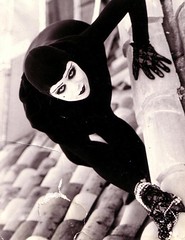 Under the tutelage of her mentor, Louis Feuillade, Musidora became a successful film producer and director. Between the late 1910s and early 1920s she directed ten films. Sadly, all but two of her films were lost.
Under the tutelage of her mentor, Louis Feuillade, Musidora became a successful film producer and director. Between the late 1910s and early 1920s she directed ten films. Sadly, all but two of her films were lost.
As Musidora’s acting career faded, she focused on writing and producing. Her last film was LA MAGIQUE IMAGE (1950) which was a homage to her mentor Louis Feuillade.
Later in her life Musidora would occasionally work in the ticket booth of the Cinematheque Francaise. I wonder how many of the patrons recognized her.
Musidora died in Paris in 1957 and is buried in the Cimetiere de Montmarte.
